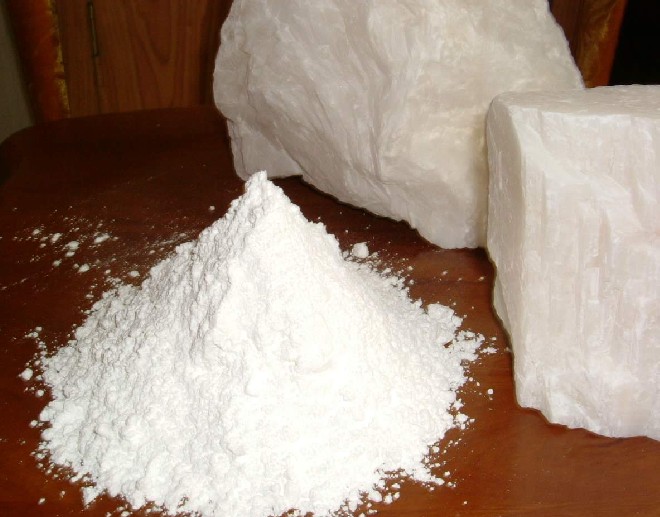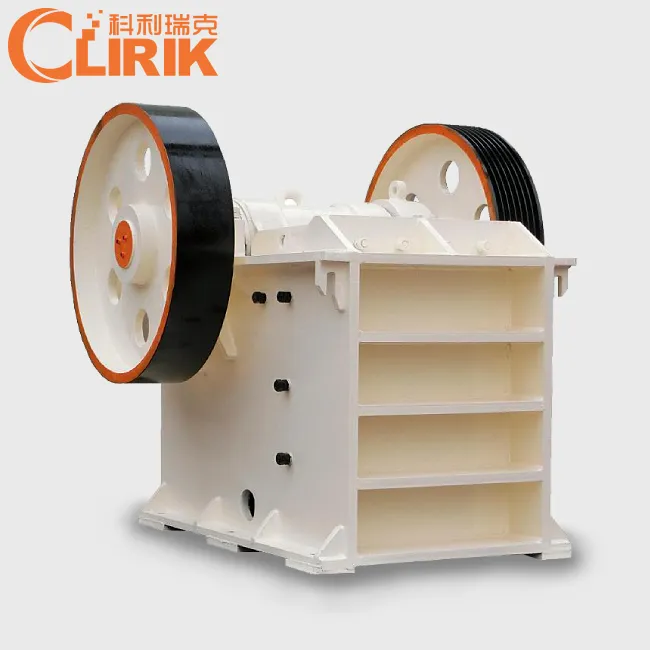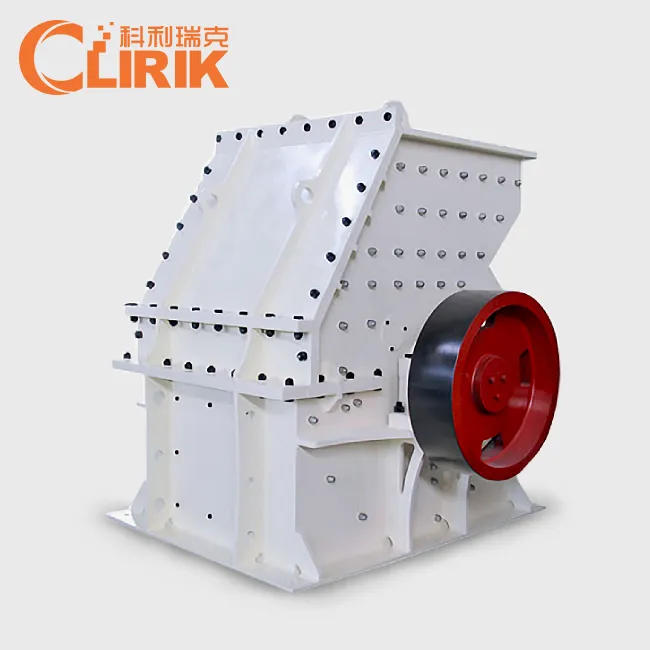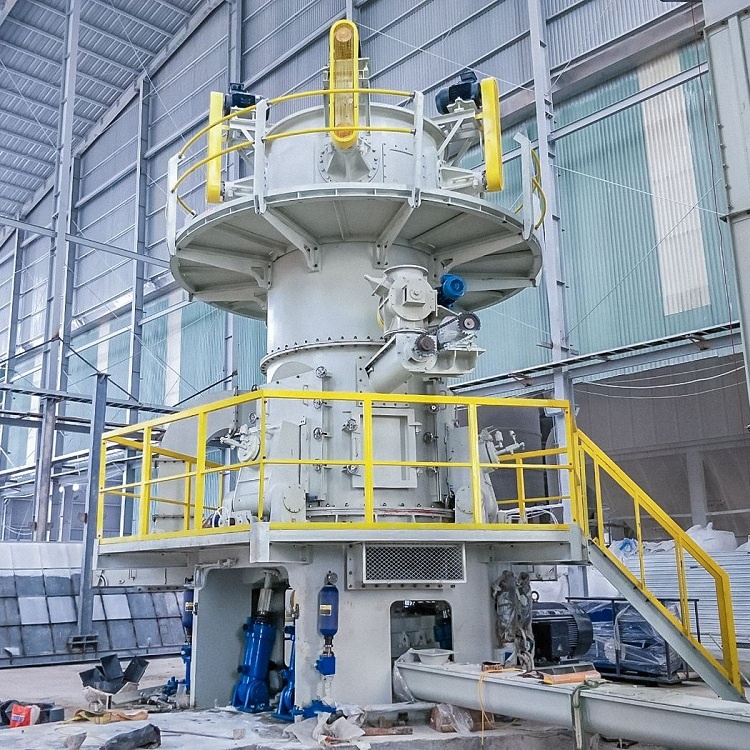In China, more than 50% of talc powder output is used in the paper industry, and its uses mainly include paper fillers, coatings and resin control agents. CLIRIK is a professional talcum powder mill manufacturer. Our talcum powder production equipment has been widely used in China’s paper industry and has a good reputation.

Talc micro powder grinding mill manufacturer CLIRIK can grind talc to 200 mesh, 325 mesh, 400 mesh, 600 mesh, 800 mesh, 1250 mesh, 2000 mesh, 2500 mesh, 3000 mesh. It can be equipped with different fineness talc mill production lines for customers, which can produce chemical-grade talc powder, ceramic-grade talc powder, paper-making talc powder, brucite powder talc powder. The production line can also be equipped with a modifier, and the talc produced by active processing has better lubricity, anti-sticking, flow aid, fire resistance, acid resistance, and insulation.
Types of talcum powder:
1. Chemical grade talcum powder
Chemical grade talcum powder use: used in rubber, plastics, paint, and other chemical industries as a strengthening and modifying filler. Features: Increase the stability of the product shape, increase the tensile strength, shear strength, flexural strength, pressure strength, reduce deformation, elongation, thermal expansion coefficient, high whiteness, uniform particle size dispersion and other characteristics.
2. Ceramic grade talcum powder
Ceramic-grade talc powder use: used in the manufacture of high-frequency porcelain, radio porcelain, various industrial ceramics, architectural ceramics, daily-use ceramics and ceramic glazes. Features: high temperature does not change color, whiteness is enhanced after calcination, uniform density, good gloss and smooth surface.
3. Paper grade talcum powder
Paper-making grade talcum powder use: used in various high- and low-grade paper industry products. Features: Papermaking powder has the characteristics of high whiteness, stable particle size, and low abrasion. The paper made by using this powder can achieve smoothness and fineness of the paper, save raw materials, and increase the service life of the paper.
4. Brucite powder and talc powder
Uses: used in the manufacture of electric porcelain, radio porcelain, various industrial ceramics, architectural ceramics, daily-use ceramics and ceramic glazes. Features: High temperature does not change color, whiteness is enhanced after calcination, uniform density, good gloss and smooth surface.
How is talc for papermaking produced?
The production of talc needs to understand the use of talc.Talc has lubricity, anti-adhesion, insulation, high melting point, no chemical activity, its hiding power, softness, glidant, fire resistance, acid resistance, as well as gloss and adsorption. Strong and other excellent physical and chemical properties. Because the crystalline structure of talc is layered, it has a tendency to split into scales and special lubricity.
The production of talcum powder for papermaking is mainly composed of three steps: beneficiation, crushing and grinding. The production equipment of talcum powder required for different finenesses is different.
At present, dry processing is the main processing method for talc processing. Based on the natural crushability and grindability of talc, CLIRIK’s talc mills mainly include Raymond mill, ultra fine vertical mill, and micro grinding powder mill.
Among them, the Raymond mill is usually selected for processing supporting talc powder for papermaking of about 325 mesh; and the ultra fine vertical mill is usually used for processing ultrafine talcum powder of 1250 mesh to 2500 mesh.
Advantages of talcum powder papermaking:
Talc plays an important role in the papermaking industry with its unique hydrophobic properties. When talc is used as a filler in papermaking, it has the following advantages:
(1) Conducive to improving the smoothness, opacity and printability of the paper
(2) The wear value is small, which can extend the service life of the papermaking net
(3) Stable chemical properties, not only suitable for acid papermaking, but also for neutral papermaking with calcium carbonate
(4) It has a good combination with sizing agent to keep the sizing material and prevent the printing ink from penetrating
(5) It is lipophilic and can absorb organic substances to keep the white water and slurry system clean. As a filler, it also has the effect of eliminating resin barriers, and it helps to remove ink in the deinking of waste paper.
(6) It has a certain degree of hydrophobicity and lubricity, which can reduce the water absorption of the paper, improve the smoothness and softness of the paper, and reduce the operation obstacles such as calendering and finishing.
(7) Conducive to retention in paper pages, reducing fiber consumption per ton of paper products.
Micro powder grinding mill for papermaking talcum powder :
For grinding talc with a large output and a fineness of 1250 – 3000 mesh, you can use the CLUM ultra fine vertical mill independently developed by CLIRIK.

Capacity: 0.2-45 t/h
Max feeding size: 30mm
Range of application: CLUM ultra fine vertical mill is suitable for huge capacity producing, widely used in grinding non-flammable and non-explosive materials under 7(the Moh’s hardness),Barite, quartz, feldspar, mica, calcite, talc, apatite, gypsum, fluorite, limestone etc.
Benefit:
High grinding efficiency: save 20~30% power consumption compared with the ball mill.
Powerful drying ability: It can dry and grind raw materials with a moisture content of 15%.
Multifunction: crushing, drying, grinding, separating and conveying.
HOT PRODUCTS

Talc Raymond Mill
Capacity: 1-25 t/h
Max feeding size: 40 mm
Discharge fineness: 50-325 mesh
Range of application: Barite, calcite, potassium feldspar, talc…… [Read More…]

Micro Powder Grinding Mill
Capacity: 0.2-45 t/h
Max feeding size: 20 mm
Discharge fineness: 150-3000 mesh
Range of application: calcium carbonate, kaolin, carbon black, dolomite…… [Read More…]

Talc Ultrafine Grinding Mill
Capacity: 0.2-45 t/h
Max feeding size: 20 mm
Discharge fineness: 150-3000 mesh
Processing materials: non-flammable and explosive non-metallic ores with Mohs hardness less than 7…… [Read More…]

Talc Jaw Crusher
Output Size: 65-160mm
Feed size: 480mm
Capacity: 1-140t/h
Processing materials: Granite, quartz stone, river pebble, calcite, concrete, dolomite…… [Read More…]

Talc Hammer Mill
Output Size: 5-20 mm
Feed size: <350 mm
Capacity: 5-30 t/h
Application: It is widely used for medium and fine crushing of brittle, medium hardness and soft materials... [Read More…]

Talc Vertical Mill
Discharge fineness: 150-3000 mesh
Feed size: <15 mm
Output: 1-20 T/H
Product features: It has high grinding efficiency, low energy consumption, uniform particle shape... [Read More…]


